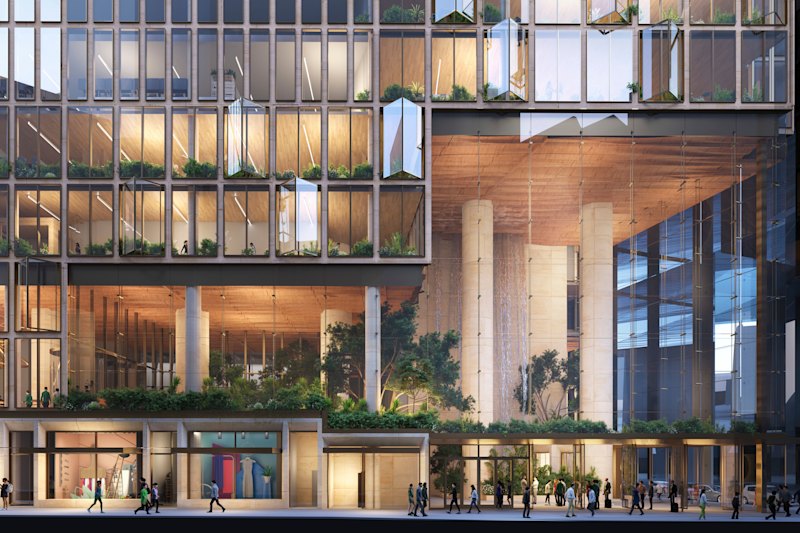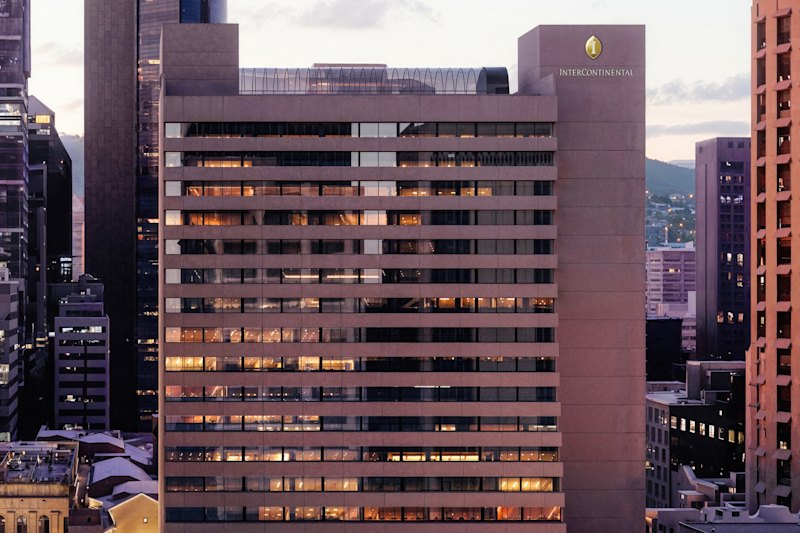
Build-to-rent industry in Australia is not viable without tax changes, forum hears
Build-to-rent housing could offer Australian institutional investors a stable asset class and fill a substantial gap in the country’s housing stock, but impediments for overseas investors are threatening the viability of the nascent local industry.
Those are the key messages from housing experts who, at a business briefing on Monday, discussed the build-to-rent sector, including comparing the Australian sector to established markets such at the US and the UK and broaching hot-button issues including recent changes to the taxation of managed investment trust [MIT] returns for overseas investors.
Vice chairman of US-based Bridge Investment Group Danuel Stranger told the Australia-Israel Chamber of Commerce business briefing in Sydney that build-to-rent had been in the US for about 200 years but had blossomed into a distinct asset class in the past 20 years and could do the same in Australia.
“It really has become an investment class in the last 20 years and in so doing has become the second-largest investment class in commercial real estate in the US and unquestionably, unless you just have a heavy bias in one direction or another from a risk/reward standpoint, it is the best option in the marketplace,” said Mr Stranger.
According to 2017 figures from CBRE, institutional investors hold 17 per cent of America’s apartment rental stock, while private companies hold 8 per cent.
Panelists at Monday’s Future Housing Outcomes for Australia briefing agreed that build-to-rent would play an important role in plugging Sydney’s housing gap, not just for younger renters seeking amenity-rich facilities close to work and public transport links, but also for downsizers.
But several hurdles stand in the way of growing the industry, according to Adam Hirst, general manager of build-to-rent at Mirvac Group. These include impediments to the introduction of foreign capital, which has been essential for the asset class to be established in markets such as the UK.
“There are two taxes holding back the sector in Australia at the moment. One is the MIT [tax policy for foreign investors]. [In] any other jurisdiction in the world build-to-rent is another passive asset class like offices, like shopping centres or industrial sheds,” Mr Hirst said, adding that land tax also needed reforming in order for the sector to thrive.
The sector had “never grown organically”, but Mr Hirst said that governments don’t “have to incentivise, just equalise”.
“I think the real thing for the government at all levels is to make a decision on whether corporate housing, institutional rental housing is an asset class they want,” he said. “If they get past that and make that decision… the key is really unlocking the capital.”
Mirvac is currently constructing its first build-to-rent property, Indigo Pavilions, at Sydney Olympic Park. It is set to be Australia’s first mass-scale build-to-rent project.
Mr Hirst said that recent changes to the MIT taxation policy “overnight” sent a negative message to overseas investors about the Australian market, and that the build-to-rent sector in the UK had only flourished because of overseas capital.
“If you look at the UK, that sector is now about 150,000 buildings either operating or under construction. Now there’s 25 per cent domestic capital, so we need foreign capital in this asset class to get going and what the government needs to do is divorce the thinking around a private individual buying one off-the-plan apartment versus a superannuation fund in the US or the UK owning a building or two buildings,” Mr Hirst said.
In April the federal government passed legislation (that comes into effect on July 1) that doubles the withholding tax rate from 15 per cent to 30 per cent on MIT fund payments to foreign investors from “residential housing income”, including the build-to-rent sector.
The Labor Party has pledged to cut that withholding rate back to 15 per cent on tax distributions from investments in build-to-rent housing, if elected at this month’s federal election.
Panelists also agreed that if the build-to-rent sector was to deliver more affordable housing options then government financial help may be required, as it was difficult for developers to make affordable housing projects financially viable on their own.
ANZ’s head of housing strategy Caryn Kakas told the audience that while appetite for an Australian version of government-backed lending programs, such as those offered by Freddie Mac in the US, had significantly diminished after the global financial crisis, there was certainly space for government agencies including the Clean Energy Finance Corporation to bridge gaps in the market.
The corporation was the first investor in Mirvac’s build-to-rent residential club.










